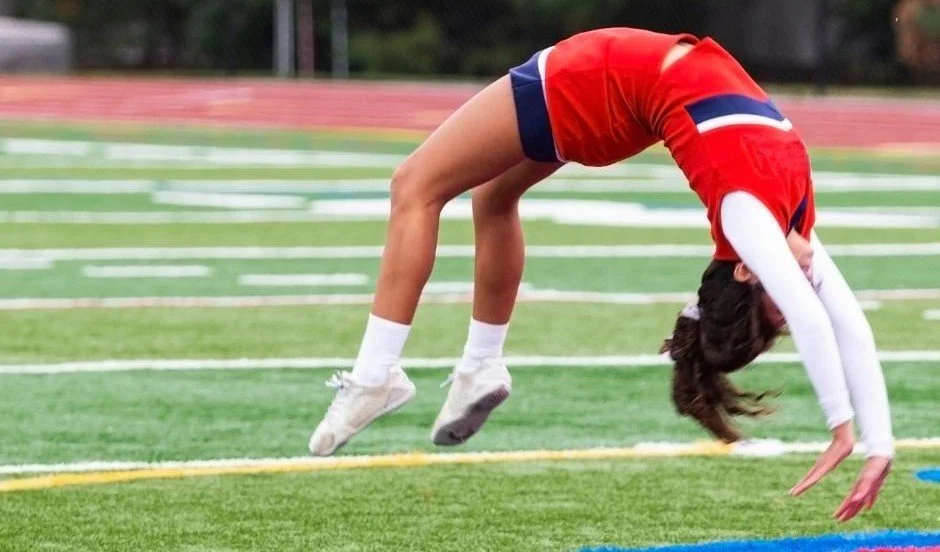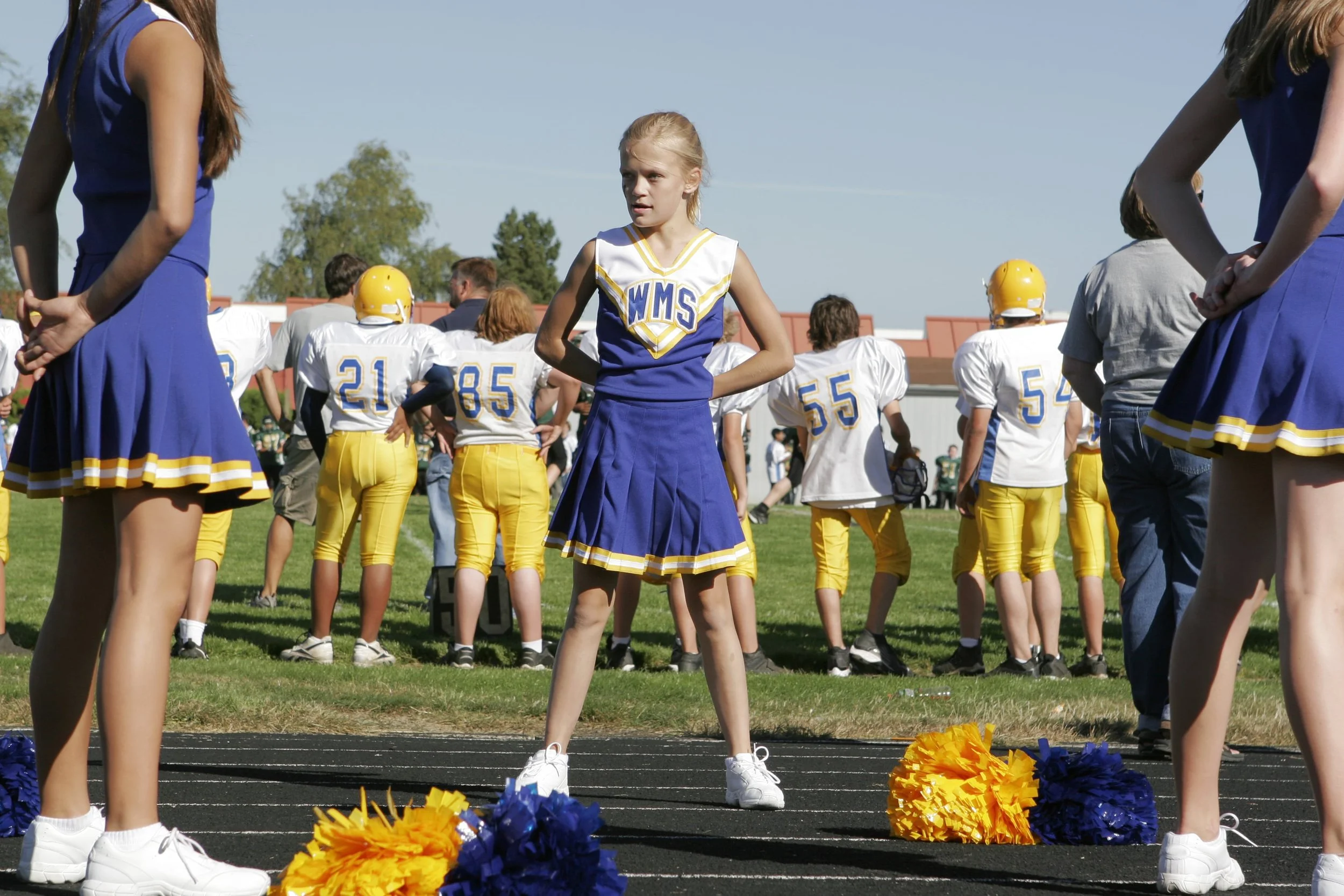AVOIDING CHEERLEADING INJURIES: CHEER RANKED 16TH AMONG SPORTS WITH HIGHEST NUMBER OF INJURIES
At the offices of Dr. Lee S. Cohen and Associates, our team of sports medicine podiatry specialists realize that cheerleading has evolved into an athletic activity that requires more precision and higher-level skills than ever before, as gymnastics and stunts are more prevalent and are continuously replacing traditional cheer moves and cheerleading styles. Due to the increased difficulty of stunts, cheerleading-related injuries have been reaching and exceeding record numbers.
“The risk connected to cheerleading continues to rise as the difficulty of skills performed increases.” - Brittany Bower, Cronkite News
A recent study showed that cheerleading was ranked 16th among sports with the highest number of injuries. And, unlike other sports, cheerleading is a year-round activity, so cheerleaders practice and perform longer without as much of an off-season as other sports, making them more prone to developing overuse injuries.
“The sport was responsible for 65 percent of direct catastrophic injuries to female high school athletes during a 27-year period, according to a 2012 study by the American Academy of Pediatrics. This supported a 2009 report from the National Center for Catastrophic Sports Injury Research at the University of North Carolina that concluded cheerleading accounted for 65.2 percent of all catastrophic injuries in youth sports. “ -Brittany Bower, Cronkite News, The flipside of cheerleading: a prevalence of catastrophic injuries.
The most common cheerleading injuries include strains and sprains which account for half of all cheerleading injuries. Of these, ankle sprains are the most common followed by strains or sprains of the neck, lower back knee, and wrist.
Stunts which include lifting fellow cheer teammates above the head as well as tumbling and dismounting, while twisting and rotating, can all play significant stress on the lower back which can lead to back pain and serious injuries including stress reactions of the vertebrae (bones that make up the spinal column). If the stress reaction worsens, a stress fracture can occur on both sides of the vertebrae. From there the bone can become weakened and unable to maintain its proper position. If that vertebrae slips out of place the result could lead to a condition called spondylolisthesis. Those who are genetically predisposed to spondylolisthesis are at greater risk.
Athletes who are Flatfooted (those who have the condition called Flatfeet) are more prone to incurring serious injuries and are more likely to develop ongoing problems and conditions related to the back and spine.
Due to the increased risk of injury and ongoing issues outlined above (and more), it is crucial for cheerleaders, their parents, coaches, and trainers to understand the importance of proper lower extremity biomechanics and have proper neurological training and proprioceptive training, as well as having a history of any injuries which may predispose them to further injuries.
If you or a family member or friend has been experiencing injuries while training for cheerleading, or during a cheerleading event, please call us so that we can begin the appropriate biomechanical neurological testing and screenings that we have designed, specifically, to meet the needs of those athletes who participate in cheerleading activities.
Contact Dr. Lee S. Cohen & Associates and let us help with all your podiatric sports medicine needs of the lower body extremity. Our doctors are experienced and dedicated sports medicine podiatrists who provide high-quality individualized care. Call us today at (610) 522-9200 or visit us online to make an appointment at our conveniently located offices in Ridley Park, PA. and Cherry Hill, N.J.



